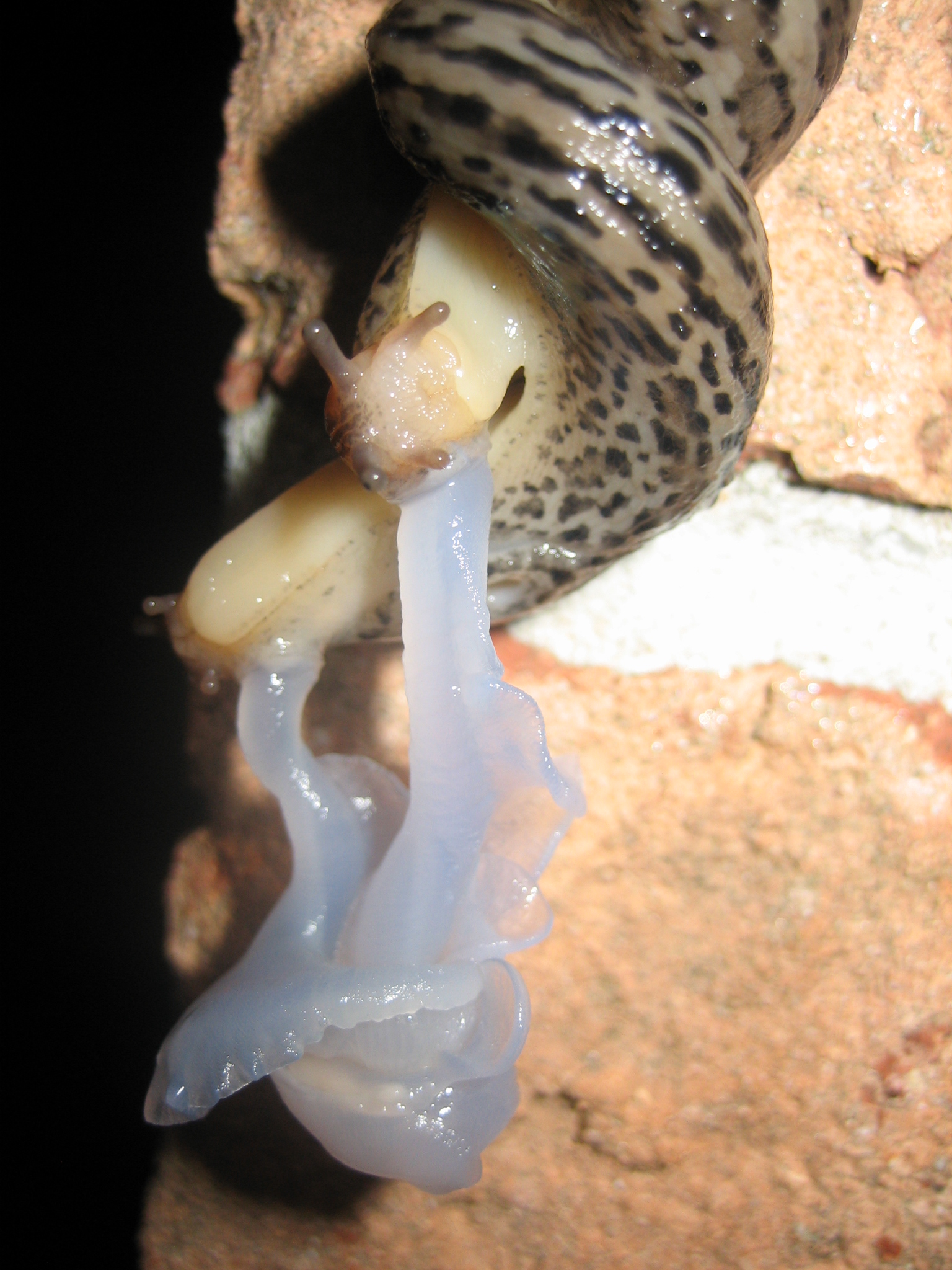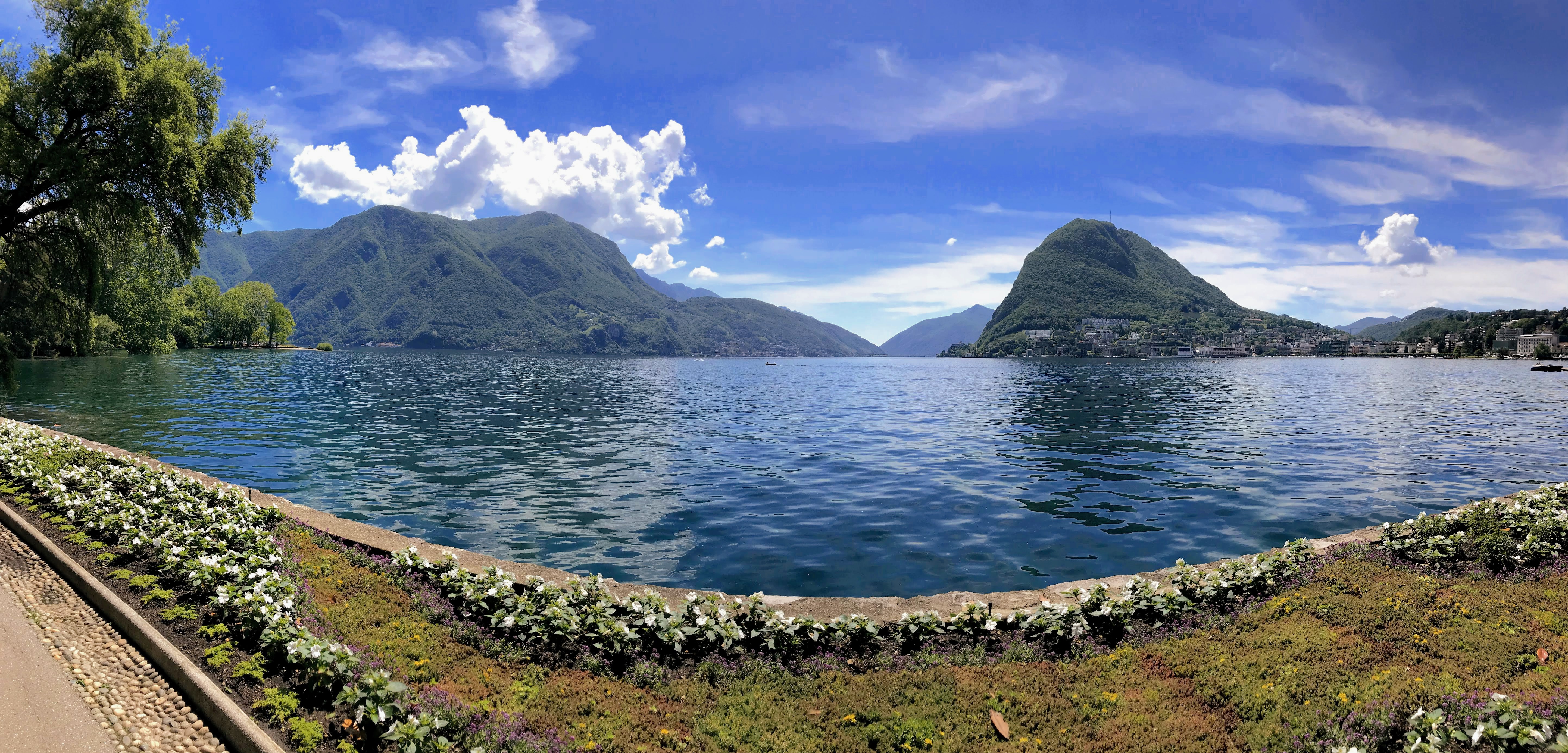|
Tandonia Nigra
''Tandonia nigra'' is a species of air-breathing land slug, a terrestrial pulmonate gastropod mollusk in the family Milacidae. Distribution This slug species is endemic to north Italy and south Switzerland: Monte Generoso and Baraghetto peaks, east and west slopes, between Lake Como and Lugano lake. The type locality is the peak of Monte Generoso, a mentioned altitude of 1695 m above sea level. This species is known only from mountains peaks and east- and west- exposed slopes, at 1500–1700 m. It is an endemic species with a small range. The Swiss habitats are threatened by mass tourism; this species is Critically Endangered in Switzerland. Description The slug is basically black, although the mantle is cream with very dense black spots. The tentacles are white with black dots, and when they are contracted they appear black. The neck and anterior sides are a dirty cream in color, as is the sole of the foot. The body length of preserved specimens is up to 35&nbs ... [...More Info...] [...Related Items...] OR: [Wikipedia] [Google] [Baidu] |
Karl Ludwig Pfeiffer
Karl Ludwig Pfeiffer (September 5, 1874–June 14, 1952) was a German malacologist, banker, and patron of the arts. Early life Karl Ludwig Pfeiffer was born in Kassel to the banker August Ludwig Heinrich Pfeiffer (November 3, 1845 - 1892) and his wife Regine Amalie Wilhelmine Georgine Louise (née Hellwig; March 25, 1849-1932). He was the couple's eldest child and only son. He was not a particularly studious child, but he did express an interest in the natural world from an early age. When he was thirteen, Karl spent several months at Norderney in the East Frisian Islands recovering from a respiratory illness, and he credited his burgeoning interest in malacology and conchology to the many days he spent alone there, collecting shells along the deserted sea coast. He brought his shell collection back with him to Kassel, where his father noticed this new interest. At this point, August introduced Karl to Clessin's , the works of Haeckel and Darwin, and finally explained to Karl the ... [...More Info...] [...Related Items...] OR: [Wikipedia] [Google] [Baidu] |
AnimalBase
AnimalBase is a project brought to life in 2004 and is maintained by the University of Göttingen, Germany. The goal of the AnimalBase project is to digitize early zoological literature, provide copyright-free open access to zoological works, and provide manually verified lists of names of zoological genera and species as a free resource for the public. AnimalBase contributed to opening up the classical taxonomic literature, which is considered as useful because access to early literature (especially for the late 18th century) can be difficult for researchers who need the old sources for their taxonomic research. AnimalBase data are public domain. The public use of AnimalBase data is not restricted or conditioned.AnimalBase Project Group, 2005-2010. AnimalBase. Early zoological literature online. World wide web electronic publication http://www.animalbase.uni-goettingen.de accessed 30 July 2010. AnimalBase covers all zoological disciplines. In the field of biodiversity informatics A ... [...More Info...] [...Related Items...] OR: [Wikipedia] [Google] [Baidu] |
Herbivorous
A herbivore is an animal anatomically and physiologically adapted to eating plant material, for example foliage or marine algae, for the main component of its diet. As a result of their plant diet, herbivorous animals typically have mouthparts adapted to rasping or grinding. Horses and other herbivores have wide flat teeth that are adapted to grinding grass, tree bark, and other tough plant material. A large percentage of herbivores have mutualistic gut flora that help them digest plant matter, which is more difficult to digest than animal prey. This flora is made up of cellulose-digesting protozoans or bacteria. Etymology Herbivore is the anglicized form of a modern Latin coinage, ''herbivora'', cited in Charles Lyell's 1830 ''Principles of Geology''.J.A. Simpson and E.S.C. Weiner, eds. (2000) ''The Oxford English Dictionary'', vol. 8, p. 155. Richard Owen employed the anglicized term in an 1854 work on fossil teeth and skeletons. ''Herbivora'' is derived from Latin ''herba' ... [...More Info...] [...Related Items...] OR: [Wikipedia] [Google] [Baidu] |
Reproductive System Of Gastropods
The reproductive system of gastropods (slugs and snails) varies greatly from one group to another within this very large and diverse taxonomic class of animals. Their reproductive strategies also vary greatly, see Mating of gastropods. In many marine gastropods there are separate sexes (male and female); most terrestrial gastropods however are hermaphrodites. Courtship is a part of the behaviour of mating gastropods. In some families of pulmonate land snails, one unusual feature of the reproductive system and reproductive behavior is the creation and utilization of love darts, the throwing of which has been identified as a form of sexual selection. Gastropods are defined as snails and slugs, belonging to a larger group called Molluscs. Gastropods have unique reproductive systems, varying significantly from one taxonomic group to another. They can be separated into three categories: marine, freshwater, and land. Reproducing in marine or freshwater environments makes getting s ... [...More Info...] [...Related Items...] OR: [Wikipedia] [Google] [Baidu] |
Tentacles
In zoology, a tentacle is a flexible, mobile, and elongated organ present in some species of animals, most of them invertebrates. In animal anatomy, tentacles usually occur in one or more pairs. Anatomically, the tentacles of animals work mainly like muscular hydrostats. Most forms of tentacles are used for grasping and feeding. Many are sensory organs, variously receptive to touch, vision, or to the smell or taste of particular foods or threats. Examples of such tentacles are the eyestalks of various kinds of snails. Some kinds of tentacles have both sensory and manipulatory functions. A tentacle is similar to a cirrus, but a cirrus is an organ that usually lacks the tentacle's strength, size, flexibility, or sensitivity. A nautilus has cirri, but a squid has tentacles. Invertebrates Molluscs Many molluscs have tentacles of one form or another. The most familiar are those of the pulmonate land snails, which usually have two sets of tentacles on the head: when extended ... [...More Info...] [...Related Items...] OR: [Wikipedia] [Google] [Baidu] |
Mantle (mollusc)
The mantle (also known by the Latin word pallium meaning mantle, robe or cloak, adjective pallial) is a significant part of the anatomy of molluscs: it is the dorsal body wall which covers the visceral mass and usually protrudes in the form of flaps well beyond the visceral mass itself. In many species of molluscs the epidermis of the mantle secretes calcium carbonate and conchiolin, and creates a shell. In sea slugs there is a progressive loss of the shell and the mantle becomes the dorsal surface of the animal. The words mantle and pallium both originally meant cloak or cape, see mantle (vesture). This anatomical structure in molluscs often resembles a cloak because in many groups the edges of the mantle, usually referred to as the ''mantle margin'', extend far beyond the main part of the body, forming flaps, double-layered structures which have been adapted for many different uses, including for example, the siphon. Mantle cavity The ''mantle cavity'' is a central fea ... [...More Info...] [...Related Items...] OR: [Wikipedia] [Google] [Baidu] |
Tourism
Tourism is travel for pleasure or business; also the theory and practice of touring (other), touring, the business of attracting, accommodating, and entertaining tourists, and the business of operating tour (other), tours. The World Tourism Organization defines tourism more generally, in terms which go "beyond the common perception of tourism as being limited to holiday activity only", as people "travelling to and staying in places outside their usual environment for not more than one consecutive year for leisure and not less than 24 hours, business and other purposes". Tourism can be Domestic tourism, domestic (within the traveller's own country) or International tourism, international, and international tourism has both incoming and outgoing implications on a country's balance of payments. Tourism numbers declined as a result of a strong economic slowdown (the late-2000s recession) between the second half of 2008 and the end of 2009, and in consequence of t ... [...More Info...] [...Related Items...] OR: [Wikipedia] [Google] [Baidu] |
Endemic
Endemism is the state of a species being found in a single defined geographic location, such as an island, state, nation, country or other defined zone; organisms that are indigenous to a place are not endemic to it if they are also found elsewhere. For example, the Cape sugarbird is found exclusively in southwestern South Africa and is therefore said to be ''endemic'' to that particular part of the world. An endemic species can be also be referred to as an ''endemism'' or in scientific literature as an ''endemite''. For example '' Cytisus aeolicus'' is an endemite of the Italian flora. '' Adzharia renschi'' was once believed to be an endemite of the Caucasus, but it was later discovered to be a non-indigenous species from South America belonging to a different genus. The extreme opposite of an endemic species is one with a cosmopolitan distribution, having a global or widespread range. A rare alternative term for a species that is endemic is "precinctive", which applies to ... [...More Info...] [...Related Items...] OR: [Wikipedia] [Google] [Baidu] |
Type Locality (biology)
In biology, a type is a particular specimen (or in some cases a group of specimens) of an organism to which the scientific name of that organism is formally attached. In other words, a type is an example that serves to anchor or centralizes the defining features of that particular taxon. In older usage (pre-1900 in botany), a type was a taxon rather than a specimen. A taxon is a scientifically named grouping of organisms with other like organisms, a set that includes some organisms and excludes others, based on a detailed published description (for example a species description) and on the provision of type material, which is usually available to scientists for examination in a major museum research collection, or similar institution. Type specimen According to a precise set of rules laid down in the International Code of Zoological Nomenclature (ICZN) and the International Code of Nomenclature for algae, fungi, and plants (ICN), the scientific name of every taxon is almost a ... [...More Info...] [...Related Items...] OR: [Wikipedia] [Google] [Baidu] |
Lugano Lake
__NOTOC__ Lake Lugano ( it, Lago di Lugano or , from la, Ceresius lacus; lmo, Lagh de Lugan) is a glacial lake which is situated on the border between southern Switzerland and northern Italy. The lake, named after the city of Lugano, is situated between Lake Como and Lago Maggiore. It was cited for the first time by Gregory of Tours in 590 with the name ''Ceresio'', a name which is said to have derived from the Latin word ''cerasus'', meaning cherry, and refers to the abundance of cherry trees which at one time adorned the shores of the lake. The lake appears in documents in 804 under the name ''Laco Luanasco''. There are various mountains and tourist destinations on the shores of the lake including Monte Brè to the east, Monte San Salvatore west of Lugano, and Monte Generoso on the south-eastern shore. The World Heritage Site Monte San Giorgio is situated south of the lake. Also located to the south is the Cinque Vette Park. The lake is drained by the Tresa, which empties into ... [...More Info...] [...Related Items...] OR: [Wikipedia] [Google] [Baidu] |

_grazing_-_20050809.jpg)




.jpg)
.jpg)
